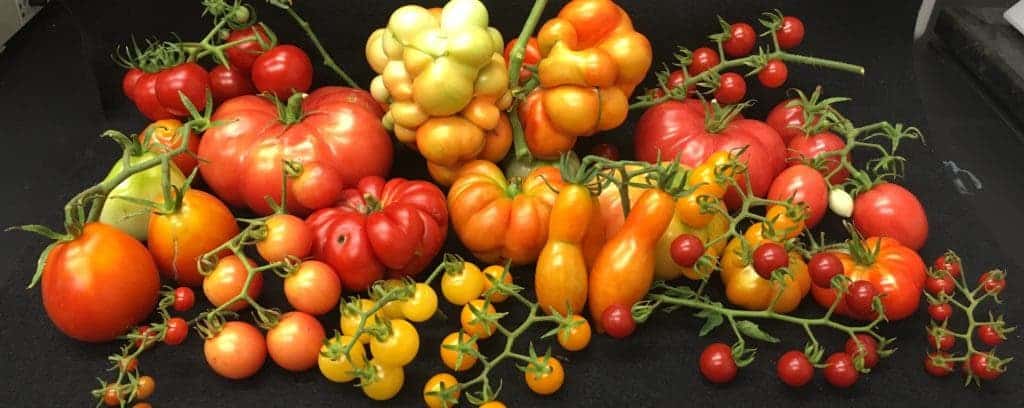A mutation in the Cell Size Regulator (CSR) gene responsible for making tomatoes nicely plump has been identified by American researchers. The findings might one day help farmers grow bigger tomatoes which so many people enjoy and demand.

Tomatoes, the wild kind, are originally from the Andean mountain regions of Ecuador and Northern Peru. Evidence suggests these were first cultivated by the Aztecs and Incas as early as 700 AD. By the time the conquistadors came to Central and South America, there was widespread cultivation of tomatoes, which they brought home to Europe. By the mid 16th century, it had been mentioned in a Nepalese cookbook. Ironically, though tomatoes were present in Mexico, the fruit only arrived in Canada and the United States regions after European immigrants brought it with them. Quite the detour.
Anyway, since the Aztec grew the first tomatoes, much has changed. It’s believed that your typical market-sourced tomato is 1,000 times heavier than the fruits of their ancestors. What’s more, early wild tomatoes tasted terrible and European colonists reportedly first grew them for decorative purposes. But by steadily selecting those tomato strains that were bigger, juicier, and tastier, farmers finally turned these wildlings into an essential ingredient in any modern kitchen. In fact, according to the U.S. Department of Agriculture, there are 25,000 tomato varieties.
Few tomato varieties, however, are as favored as the plump kind. Now, Esther van der Knaap and colleagues at the University of Georgia, Athens have identified the gene mutation that makes tomatoes bigger.
According to their investigation published in the journal PLOS Genetics, a mutation in the CSR gene makes the fruit heavier by increasing the size of individual cells in the pericarp, the fleshy part of the tomato. Previously, researchers located the CSR gene at the bottom of chromosome 11 as only a small genetic contributor to tomato weight but now it’s clear its influence is much more important.
“CSR is required to create the large tomatoes that are needed for the industry. This is because large tomatoes critically raise the profit margins for farmers. The knowledge of the gene will now open up avenues of research into how fruit size can be increased further without negatively impacting other important qualities such as disease resistance and flavor,” says Dr. van der Knaap.
[NOW SEE] Why supermarket tomatoes are less tastier than garden-grown


